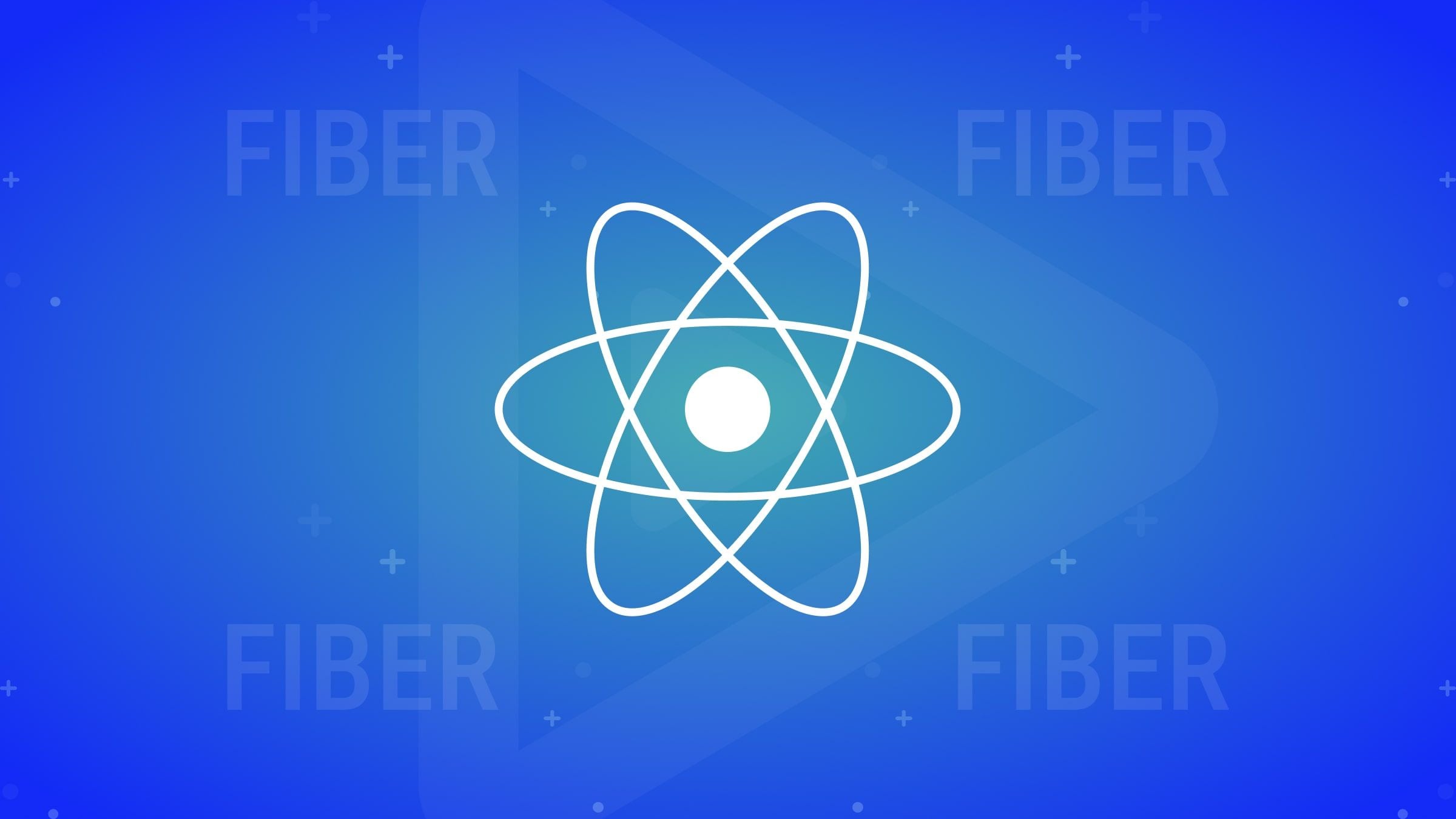
React Fiber and Hydration: The Heart of Modern React
This post explains React Fiber and Hydration—two core concepts that make modern React apps fast and interactive. Learn how Fiber’s incremental rendering improves UI responsiveness and how Hydration connects server-rendered HTML to React’s client-side logic for seamless user experiences.
Introduction
React is one of the most popular libraries for building user interfaces, and its continuous evolution keeps improving how apps perform and feel. Two core concepts behind React’s smooth and efficient rendering are React Fiber and Hydration. Understanding these can give you a deeper appreciation for React’s power and help you write better, more performant apps.
What is React Fiber?
React Fiber is the reimplementation of React’s core reconciliation algorithm introduced in React 16. It allows React to break down rendering work into smaller chunks, which can be paused, aborted, or resumed later. This makes UI updates smoother, more responsive, and less blocking for the main thread.
Before Fiber, React would render synchronously and block the browser while rendering complex UI trees. Fiber’s incremental rendering helps React apps stay snappy, especially on slower devices.
Key benefits of Fiber include:
Interruptible rendering: React can pause work to handle higher priority tasks.
Better scheduling: Prioritizes updates, such as user input, over less urgent ones.
Support for new features: Enables concurrent mode and suspense for data fetching.
What is Hydration?
Hydration is the process React uses to “attach” event listeners and make a server-rendered HTML page interactive on the client side. It’s a crucial step in frameworks like Next.js, where the initial HTML is rendered on the server for fast load times and SEO, and then React takes over in the browser.
Without hydration, your app’s UI would be static after server rendering, lacking interactive features such as clicks and form inputs. Hydration “wakes up” the app by reconciling the server-rendered markup with React’s virtual DOM on the client.
How Fiber and Hydration Work Together
React Fiber’s incremental rendering model makes hydration more efficient. Instead of blocking the entire page while hydration happens, React can hydrate parts of the UI in chunks, improving perceived performance and allowing faster interaction readiness.
This is especially important in large applications where fully hydrating all components at once would cause jank or delays.
Practical Tips for Developers
Use React 18+ to benefit from the latest Fiber improvements and concurrent features.
Optimize your server-rendered markup to reduce hydration mismatches.
Avoid expensive operations during hydration that can delay interactivity.
Monitor hydration performance using React DevTools and browser performance profiling.
🎯 Final Thoughts
React Fiber and Hydration are foundational to modern React applications, enabling them to be fast, responsive, and SEO-friendly. By understanding these concepts, you can write more efficient React apps and troubleshoot rendering performance issues with confidence.